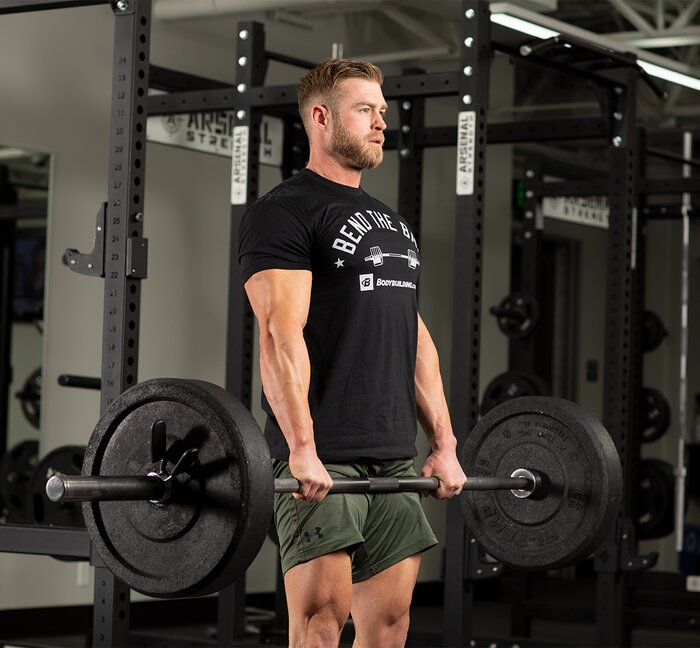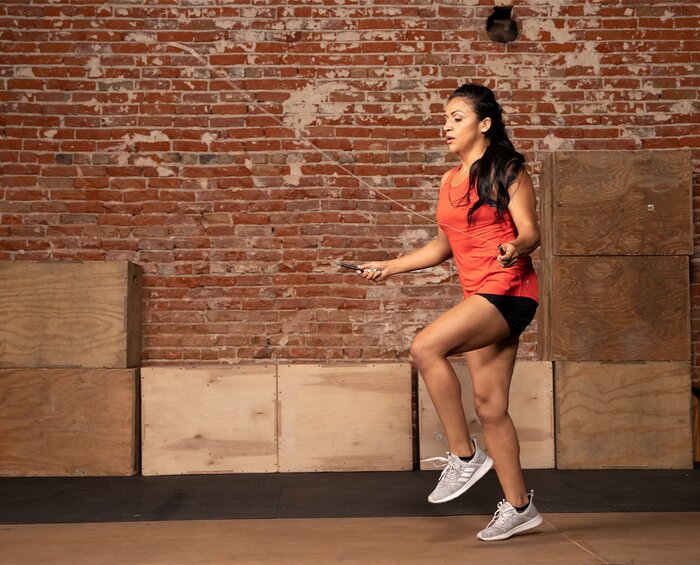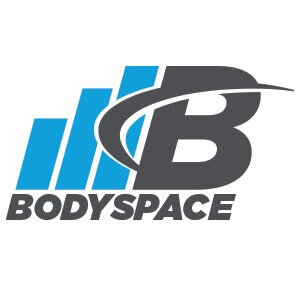Superhero Diet for Weight Loss

June 30, 2021 • 4 min read
How to Lose Weight Fast | Nutrition for Fast Weight Loss | Dial in Your Cardio for Quick Weight Loss | How to Lose Belly Fat | Hack Your Workouts to Lose Weight Fast
Just a heads up, for those who have been around the block once or twice: You won't see a single "miracle" food or device in this guide. Nor will you see any revolutionary fad diets or, really, anything that's secret.
Nope, this plan is all about the behaviors that we've seen, time and time again, lead to dramatic and lasting weight loss. This is your complete step-by-step plan, and you can start it right now.
Step 1: Calculate How Many Calories You Need
Sure, you could just pick an arbitrary number of calories each day—say, 1,500—and then hope it's right for you. But the truth is that we're all different, so the number of calories we need every day differs, too. How you should eat depends on your age, your size and weight, goal, and your activity level.
You can get a good idea of how many calories you can eat each day and lose weight by using Bodybuilding.com's Calorie Calculator.
Provide your personal stats, then select "fat loss" as your goal. Pick an activity level that matches how active you really are—be honest! If you say you're more active than you are, the calculator will give you more calories per day than you need.

Step 2: Get Your Protein
Here's a secret that shouldn't be a secret at all: All diets work with about the same level of effectiveness, as long as two elements are the same. One is calories. The other is protein. Registered dietician Susan Hewlings, RD, PHD explains why this matters in the video, "How to Eat to Lose Weight."
What does this mean for you? There's more room than you think to customize your diet based on your tastes and preferences, as long as you know what you're doing. And since protein can help control cravings, there's really no downside to treating yourself to a protein shake after exercise.
To dial in your protein, use Bodybuilding.com's Protein Calculator. Or to get your calories and protein in one, along with recommendations on carbs and fats, use the Macronutrient Calculator. You can even customize your macro ratio based on whatever type of diet you prefer: high carb, low carb, or somewhere in between. Make sure you choose "lose weight" as your goal and an appropriate activity level.
If you want to take those numbers and really put them into action, check out our article, "IIFYM 101: It Fits Your Macros for Beginners."
Your protein needs actually go up when you're dieting! Don't cut from this essential macronutrient.
Step 3: Lift Weights
You might expect to see "do cardio" listed here first. Sure, cardio is a great way to burn calories and lose weight. But weight training can help ensure that the weight you're losing is in the form of fat, not muscle—and plenty of research back this up.
As an added benefit, muscle tissue helps improve your insulin sensitivity. In practical terms, this means is that the more muscle you have, the better you're setting yourself up to keep off any extra weight you lose.
Muscle is also much denser than fat, so a pound of muscle will take up a lot less room on your body than a pound of fat. You can also be more targeted about where you add it, so you can help to enhance your body's shape, not just make it smaller.

Taking aim at belly fat in particular? Doing some targeted ab work is a great idea, but you should also do lifts for the rest of your body. Bodybuilding.com's program The One-Month Six-Pack is a sensible, sustainable program that balances both approaches in a way that will set you up for success. Even if you don't see your abs in one month, you'll be on the right path.
If you're looking for a full-on fat-loss program, try one of these BodyFit programs that have helped thousands of people lose weight and keep it off:
- Your Transformation Starts Here
- Lean at Home: No-Equipment Weight-Loss Workouts
- FYR: Hannah Eden's 30-Day Fitness Program
Step 4: Use Cardio to Burn Fat
Cardiovascular exercise or "cardio" doesn't build muscle very well, if at all, but it does help burn fat. And low-intensity cardio can actually boost recovery and decrease muscle soreness from your weights workouts.
The American Heart Association recommends a minimum of 150 minutes of moderate aerobic activity or 75 minutes of intense aerobic activity per week. In action, this means you should shoot for 30 minutes of moderate-to-intense cardiovascular activity 3 times a week, on top of your lifting workouts.
You can do cardio on non-training days whenever you have time, or after your lifting workouts. You could also use high-intensity interval training or "HIIT" to burn even more calories in less time.
For any cardio, make sure you start by warming up at a moderate pace for about 2-5 minutes before you begin. Once you're warm, you can speed up to your working pace, or begin your intervals. Then, allow a 2-3-minute cool-down by moving at a slow pace at the end of your cardio workout.

Step 5: Find Your Workout Community
One thing we've learned in over 20 years of helping people change their lives is that it's far, far easier to do—and to maintain—when you do it with the support of a community.
The best fitness community we know happens to be the one we created over a decade ago: BodySpace. It's a fitness-focused social network that has helped millions of people on their fitness journey and remains a powerhouse of positivity where—big bonus—you can also track your progress and workouts.

Superhero Diet for Weight Loss
Source: https://www.bodybuilding.com/content/a-beginners-guide-to-losing-body-fat.html
0 Response to "Superhero Diet for Weight Loss"
Post a Comment